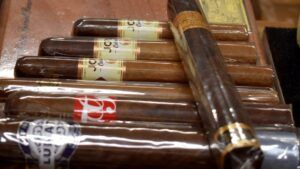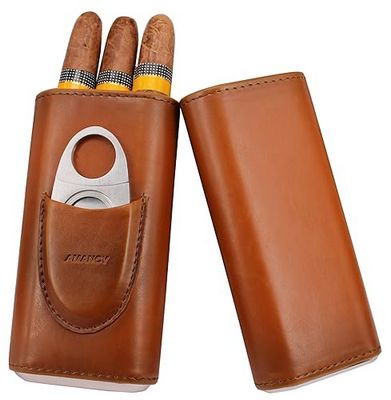
Cigar Humidor Sealants Guide
Caring for your cigar collection is an art and science, requiring attention to details such as temperature, lighting, and, most importantly, humidity. Central to maintaining appropriate humidity levels is the use of effective humidor sealants. For more in-depth analysis, visit this Cigar Humidor Sealants Guide https://sethshumidor.com/in-depth-analysis/humidor-sealants/. Understanding and implementing the right techniques can ensure your cigars remain fresh and enjoyable for longer periods.
Importance of Humidity in Cigar Storage
Cigars are incredibly sensitive to humidity changes, with the ideal humidity level often cited around 68-72%. Too dry, and the cigars may become brittle and lose their flavor profiles; too humid, and they can become susceptible to mold or an overly spongy texture. Proper sealing of the humidor is critical in achieving these tobacco-friendly conditions.
Types of Humidor Sealants
There are several types of sealants available to enhance the performance of your humidor. Here, we explore the most popular choices:
Silicone Sealants
Silicone sealants are popular due to their durability and flexibility. They create a strong seal that can adhere to various surfaces, offering long-term protection against moisture leaks. However, it’s crucial to choose non-toxic silicone products to ensure the safety of the cigars.
Wax Sealants
Wax sealants, often used in conjunction with other products, can help reinforce the sealing properties of a humidor. Composed of beeswax or paraffin, these sealants form a protective barrier that helps maintain internal humidity levels. They are a good choice for those seeking a natural, easily applicable option.

Rubber Gaskets
Many high-end humidors incorporate rubber gaskets within their design. These gaskets serve as a buffer that ensures a snug fit, thus preventing airflow. While installation may require some adjustment, the benefits of a consistent humidity level make rubber gaskets an attractive option for cigar aficionados.
Choosing the Right Sealant for Your Humidor
When selecting a sealant, consider factors such as the material of your humidor, personal preferences, and cigar storage needs. Some humidors come pre-equipped with effective seals, while others may benefit from additional sealant applications. Consulting product reviews and expert opinions can often help in making a well-informed decision.
Tips for Maintaining Optimal Conditions
- Regular Inspection: Frequently check your humidor for any signs of seal wear or damage. Regular maintenance can prevent potential issues.
- Temperature Control: Humidity is influenced by temperature; optimal storage temperatures range between 65°F – 70°F.
- Use Hygrometers: Install a reliable hygrometer to consistently monitor the humidity levels within your humidor.
- Sealant Compatibility: Ensure that any sealants used are compatible with your humidor’s materials to avoid adverse reactions.
Common Mistakes to Avoid
A common error is over-sealing, which can lead to cigar suffocation. Always balance sealing efforts with adequate airflow. Similarly, using inappropriate or damaged sealants can compromise your collection’s quality over time.
Conclusion
The use of humidor sealants is an essential aspect of maintaining a cigar collection. By choosing the right sealants and adhering to best practices, you sustain an environment that preserves and enhances your cigars’ quality. Remember, a well-sealed humidor is your ally in the pursuit of the perfect smoke.
For more on creating the perfect cigar storage environment, explore detailed guides and user experiences through cigar enthusiast resources like the linked Cigar Humidor Sealants Guide.